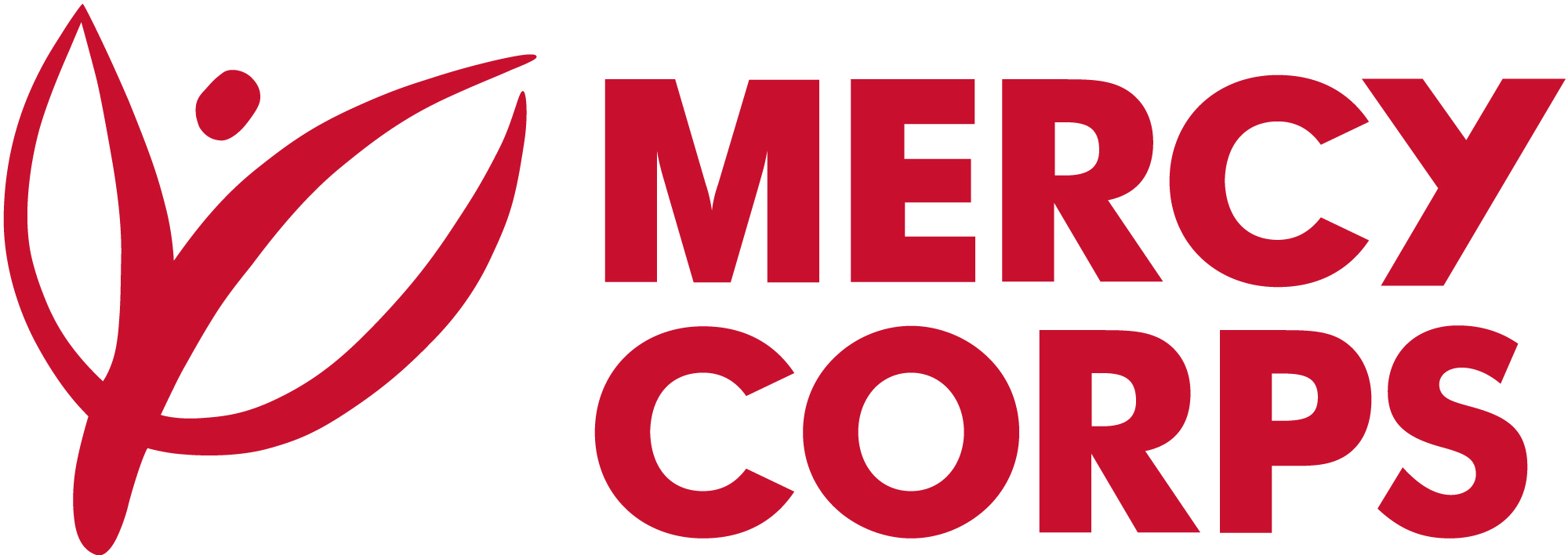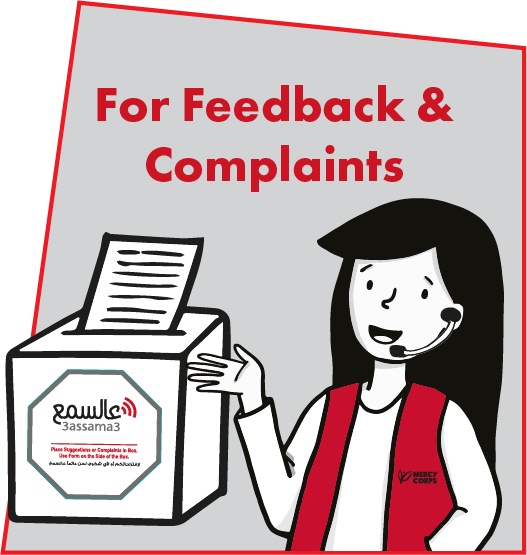Key Findings:
- Unlike the Syrian refugee crisis, Lebanese communities receiving or in need of assistance have not been displaced. Instead, they have been forced to contend with the effects of Lebanon’s economic and financial crisis, cutting across traditional humanitarian categories. Some of the distinctive features of the Lebanese poverty crisis are inadequate social insurance, inconsistent remittances, and dilapidated social protection mechanisms.
- Social safety net targeting systems are outdated and inadequate to identify segments of the population that have recently fallen into poverty due to the crisis. Lebanese families find it difficult to benefit (whether by sale or other method) from the durable good or assets which they currently have. Selling those assets is not considered a viable option either, primarily due to low demand for those goods.
- Use of the PMT algorithm dictates that selection variables are weighted against each other, making the outcomes of the selection process difficult to predict. The targeting system for the social safety net is perceived as opaque; limited understanding of how poverty-targeting mechanisms work can foster mistrust in the way social assistance is distributed.
- Humanitarian or social assistance recipients often feel stigmatized by their peers, which can lead to negative behaviors. Community members may seek to misrepresent their living conditions while trying to maintain a facade of normality. Therefore, seeking assistance is the coping strategy of last resort, which affected families tend to avoid or postpone.
- Some community members expressed a preference for forms of livelihood assistance that can generate a sustained impact, including support to small and medium enterprises and small cash grants to start businesses. The preference for livelihood interventions was common particularly among male participants.
- In the changing context of the Lebanese crisis, social assistance systems need to incorporate adaptive solutions to register program participants on a rolling basis, while also providing support to those who struggle with the registration process. Given their agile structure and small scale, NGOs can offer a shock-responsive solution to alleviate poverty through multi-purpose cash assistance, until social safety nets’ registration reopens.
- Community members want to be involved in the design of cash assistance programs, particularly in the outreach, registration, and selection phases.
- The program should inform rejected applicants about why they were not selected and be easily understood by affected applicants.
- The majority of participants expressed a preference to receive multi-purpose cash assistance through OMT over other financial service providers. The reasons mentioned include OMT’s high number of outlets, historical presence, and reputation.
- The low amount of small denomination USD banknotes in circulation, commissions, and overcrowding are some of the challenges related to using financial service providers.
By Safer Team, Mercy Corps Lebanon



